How does a coffee brewing Unit work?
2024-10-10 09:07:26
Water is heated to the desired brewing temperature
The journey of a perfect cup of coffee begins with water heating. In a coffee brewing Unit this process is precise and controlled. The unit typically contains a water reservoir, which can be filled manually or connected directly to a water line in commercial setups. From this reservoir, water is drawn into a heating element.
The heating element, often a boiler or a thermoblock, rapidly heats the water to the ideal brewing temperature. This temperature is crucial for optimal coffee extraction and typically ranges between 195°F to 205°F (90°C to 96°C). This range is not arbitrary; it's scientifically determined to be the sweet spot for extracting the full flavor profile of coffee without introducing bitterness or burning the grounds.
Many modern coffee brewing Unit employ advanced temperature control systems. These may include PID (Proportional-Integral-Derivative) controllers, which continuously monitor and adjust the water temperature to maintain consistency. Some high-end machines even allow users to set specific temperatures for different coffee varieties, acknowledging that different beans may have slightly different ideal brewing temperatures.
The heating process is typically very quick, especially in commercial machines designed for high-volume brewing. This efficiency ensures that hot water is always available for brewing, minimizing wait times between cups. In some advanced systems, the water heating process begins as soon as the machine detects that a brew cycle is about to start, ensuring that water at the perfect temperature is ready precisely when needed.

Hot water is pumped through the coffee grounds
Once the water reaches the optimal temperature, the next stage of the coffee brewing Unit process begins. The hot water is pumped through the coffee grounds under pressure. This pressure is a key factor in the extraction process, especially for espresso-style drinks.
In most automatic coffee machines, a pump (often a vibratory or rotary pump) creates this pressure. For espresso, the standard pressure is about 9 bars, though some machines can go higher. This high pressure forces the hot water through the tightly packed coffee grounds, extracting flavors, oils, and other compounds that give coffee its characteristic taste and aroma.
The design of the coffee brewing Unit is crucial at this stage. It usually consists of a portafilter or brew basket that holds the coffee grounds. The shape and size of this component can affect the water flow and, consequently, the extraction quality. Many professional-grade machines allow baristas to adjust the grind size and tamping pressure of the coffee grounds, which also influences how the water flows through the coffee.
During this phase, several chemical processes occur. The hot water dissolves and extracts various compounds from the coffee grounds, including caffeine, oils, acids, and sugars. The exact composition of the extracted liquid depends on factors like water temperature, pressure, grind size, and contact time.
Some advanced coffee brewing Unitincorporate pre-infusion or bloom phases. In these steps, a small amount of hot water is initially introduced to the coffee grounds, allowing them to swell and release carbon dioxide. This can lead to a more even extraction when the full brew cycle begins.
The brewed coffee drips into a carafe or cup
The resulting liquid, now known as brewed coffee, flows out of the brewing chamber after the hot water has been forced through the coffee grounds to extract the flavors and compounds. The majority of coffee makers have a spout or nozzle that directs the brewed coffee into a waiting cup, carafe, or other container.
Valves within the machine typically control the flow of the brewed coffee. These valves prevent weak or under-extracted coffee from reaching the cup by ensuring that the coffee only flows out after the brewing process is complete. The flow rate of some machines, especially those made for espresso, can tell you if the coffee has been ground and tamped correctly.
This final stage of the process is enhanced by the inclusion of features into many modern coffee brewing Unit. For instance, a few machines have flexible spouts to oblige different cup sizes, from little coffee cups to huge travel cups. Others might have underlying milk frothers or liners situated close to the espresso outlet, taking into consideration the simple making of lattes, cappuccinos, and other milk-based drinks.
Multiple outlets on coffee brewing Units allow for multiple cups of coffee to be brewed simultaneously in commercial settings. In crowded cafes or restaurants, efficiency and output are critical. Some high-end machines even include automated systems that adjust the brewing parameters based on the size and presence of a cup.
From the moment the water begins to heat up to the last drop of coffee in the cup, the entire process is carefully timed and controlled. This can take anywhere from 20-30 seconds for an espresso shot to several minutes for a full pot of drip coffee, depending on the type of coffee being brewed. For consistent results and ensuring that each cup of coffee meets the desired quality standards, this timing must be precise.
Coffee brewing Unit manufacturers
When choosing a coffee brewing Unit manufacturer, it's important to consider factors such as the intended use (home, office, or commercial), the type of coffee you want to brew, the volume of coffee needed, and the level of control and customization desired. Some manufacturers specialize in certain types of machines or cater to specific markets, so research is key to finding the right fit for your needs.
Topping Motor alia has more than 10 years of experience and provides samples. If you are choosing your coffee brewing Unit manufacturers, welcome to contact us at sales@huan-tai.org
Understanding how a coffee brewing Unit works can help users appreciate the complexity behind their daily cup of coffee. Whether you're a casual coffee drinker or a professional barista, knowing the science and engineering behind these machines can enhance your coffee experience and help you make more informed choices about coffee equipment.
References
1. Illy, A., & Viani, R. (2005). Espresso Coffee: The Science of Quality. Academic Press.
2. Petracco, M. (2005). Our Everyday Cup of Coffee: The Chemistry behind Its Magic. Journal of Chemical Education, 82(8), 1161.
3. Specialty Coffee Association. (2018). The Coffee Taster's Flavor Wheel.
4. Hendon, C. H., Colonna-Dashwood, L., & Colonna-Dashwood, M. (2014). The Role of Dissolved Cations in Coffee Extraction. Journal of Agricultural and Food Chemistry, 62(21), 4947-4950.
Send Inquiry
Related Industry Knowledge
- How should I choose the right O Rings for my model of coffee machine?
- What is the difference between a filter and a coffee sieve?
- How Quickly Do Coffee Machine Boilers Heat Up?
- What are the sizes of vending machine touch screen?
- Vending machine touch screen interface
- How Do You Fix a Coffee Grinder Motor?
- What Factors Should You Consider When Choosing a Coffee Cup Dispenser?
- What are the advantages of the Vending Machine Spiral Motor?
- How to Clean Coffee Grinder Motor?
- How Much Coffee Beans to Put in a Hopper?

.webp)
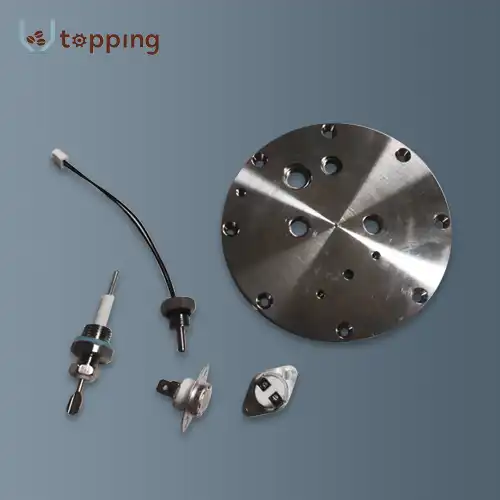

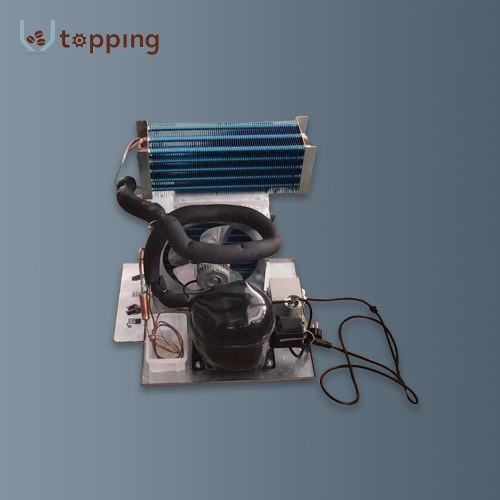
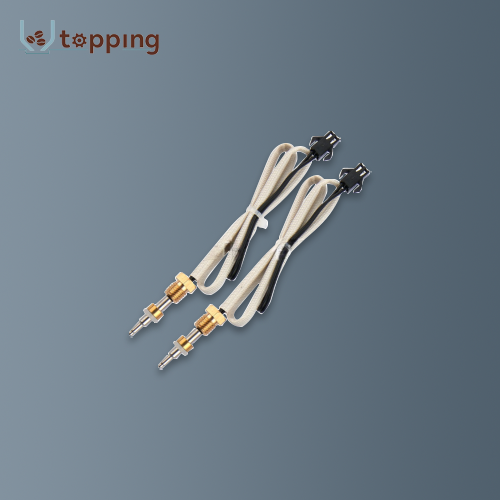
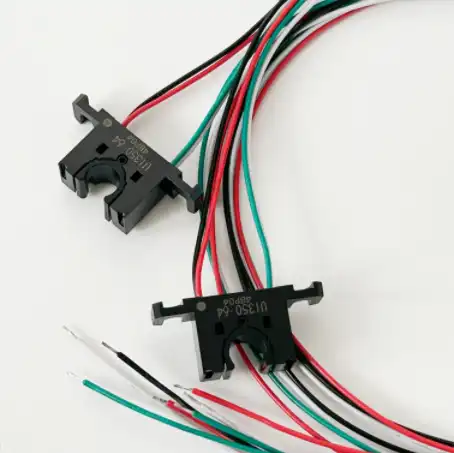
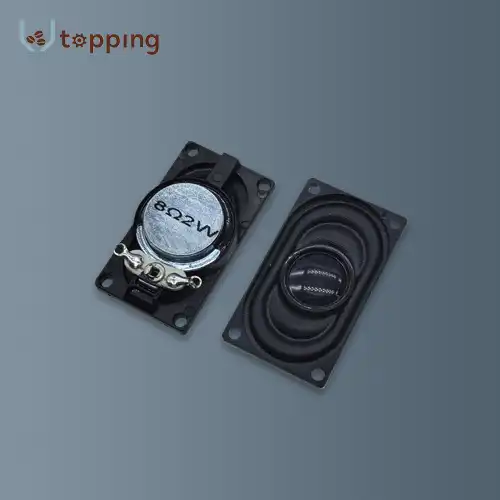
.webp)

